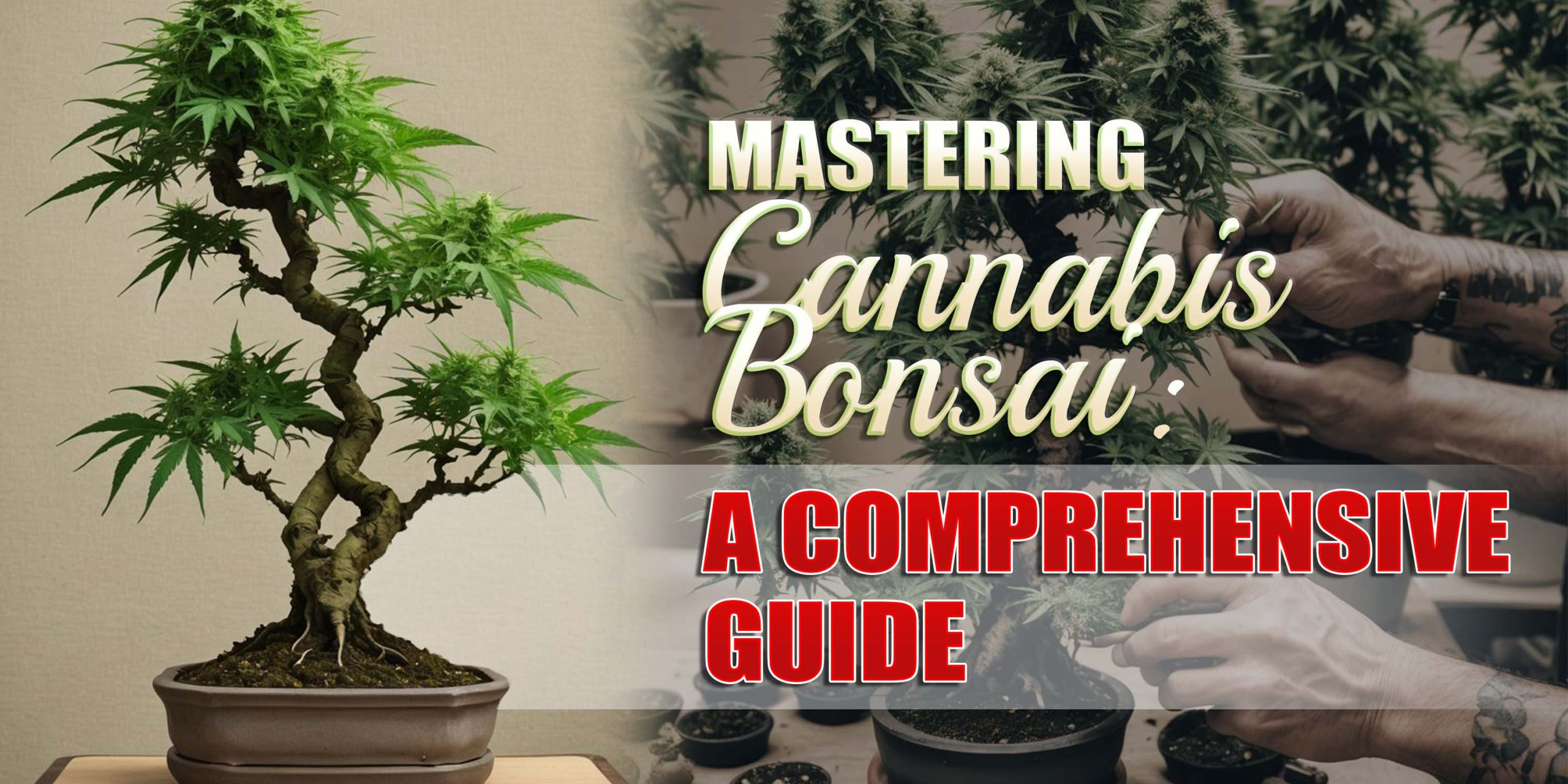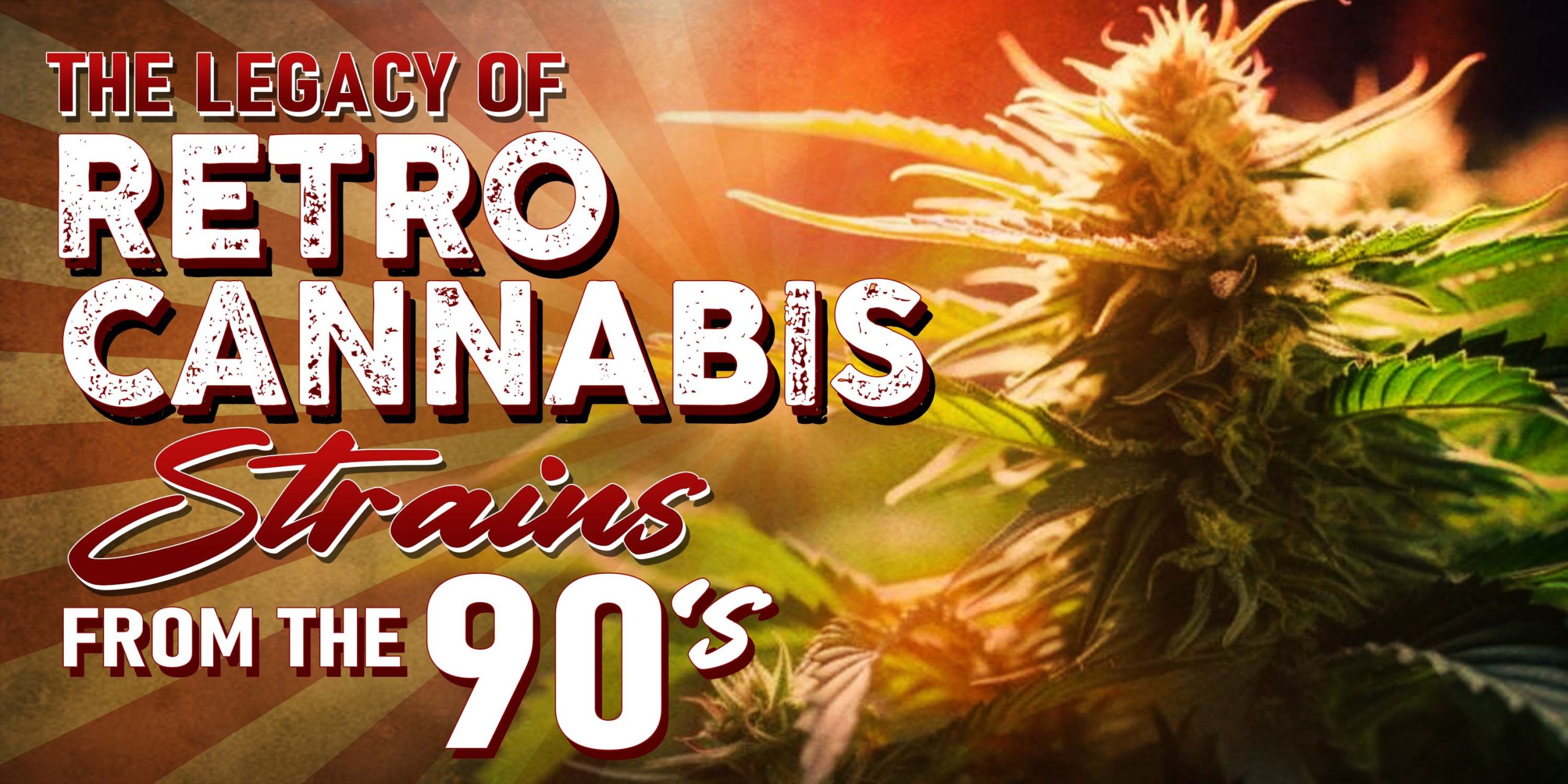If you associate yourself with cannabis, then most likely, you are having a great time with its effects and health benefits offered; and you get to enjoy every ounce of cannabis because it has something to do with endocannabinoids. So, if you’re just like the other people who are curious about how endocannabinoids work in your body and how cannabis interacts with them, you are in for a treat.
In this article, you’ll be learning the background of endocannabinoids, when they were founded, and how each of the factors into your overall health. To learn more about endocannabinoids, read further down below!
Endocannabinoids: A trip down memory lane
In 1964, a doctor named Dr. Raphael Mechoulam identified the primary psychoactive compound found in a cannabis plant – referred to as the THC or Tetrahydrocannabinol. He also found a way on how to isolate this compound from the cannabis plant through extraction. Afterward, he also discovered CBD and separated it as well.
In 1988, Dr. Allyn Howlett and Dr. William Devane were the first doctors to identify cannabinoid receptors in a rat’s brain. After that, doctors soon found out that these cannabinoid receptors are abundant in a human brain. By this, THC was used to map out the site of these cannabinoid receptors.
In 1990, a group of scientists led by Lisa Matsuda pinpointed the DNA sequence of these cannabinoid receptors in a rat’s brain the created sensitivity to THC. Following the discovery, scientists successfully removed this specific cannabinoid receptor from the mouse test subjects. Like regular mice, these “controlled” mice didn’t get high from THC. This study paved the way for scientists to pinpoint how THC reacts with specific cannabinoid receptors, which was later known as the CB1 receptor.
In 1992, it was discovered that there was an entire network of cannabinoids and endocannabinoids receptors. Dr. Mechoulam – who founded THC, later on discovered humans produce natural endocannabinoids called anandamide.
In 1993, the second cannabinoid receptor was discovered and called CB2 receptors.
In 1995, a group of scientists led by Dr. Mechoulam discovered 2-arachidonoylglycerol (2-AG). And later on, the endocannabinoid system was also found in plants, other insects, and animals. The endocannabinoid system or ECS was thanks in part to cannabis, which played an important for identifying the entire network of cannabinoids and endocannabinoids.
General Functions of the Endocannabinoid System
Your endocannabinoid system can be categorized into three major components: cannabinoids, metabolic enzymes, and endocannabinoids. The body naturally produces endocannabinoids. The CB1 and CB2 receptors are located at the surface of the cells, and these receptors are quickly activated once they interact with endocannabinoids.
Once endocannabinoids interact with cannabinoid receptors, metabolic enzymes immediately break them down. The interaction between these receptors is responsible for maintaining homeostasis. This means that your endocannabinoid system plays an integral role in regulating sleep, mood, motor control, appetite, memory, pain, the immune system, temperature, and other bodily functions.
CB1 and CB2 receptors CB1 and CB2 receptors are the most studied cannabinoids between the three of them. There are also other cannabinoid receptors such as GPR119, and GPR 55, but they still lack sufficient studies to pinpoint how they interact with the body and their exact function. CB1 receptors help regulate brain duties and are abundantly found in the central nervous system. On the other hand, CB2 receptors are also found in the central nervous system, however – to a smaller amount. CB2 receptors are mostly found in the immune system. Each of their functions is unlocked if phytocannabinoids interact with endocannabinoids found in the body.
- Endocannabinoids
Anandamide and 2-AG are the two major endocannabinoids. They are produced in the cell membrane and are often synthesized when needed. In your brain, endocannabinoids work as retrograde signals, which means they flow backward from the receiving neuron to the sending neuron, signaling it to cool down when over-activity is recognized. Other organs also generate endocannabinoids, which unlocks specific functions. For example, immune cells eradicate germs by transmitting molecular communication telling other immune cells to attack it as well. The endocannabinoids work in part through the molecular communication system.
- Phytocannabinoids
Phytocannabinoids are cannabinoids derived from cannabis, which creates a lot of confusion as there are over a hundred cannabinoids found in cannabis. The most notable cannabinoids are CBD and THC; they are the most well-studied among the group. Studies are also being conducted to other cannabinoids such as CBG, CBDA, CBN, THCV, and other cannabinoids.
- Metabolic Enzymes
There are two important metabolic enzymes in your body, MAGL and FAAH. FAAH is known to break down anandamide, and the metabolic enzyme responsible for breaking down 2-AG is MAGL. By this, they help normalize your endocannabinoid system. When endocannabinoids interact with cannabinoid receptors for a particular mission, these cannabinoid receptors are activated. After the purpose is done, the metabolic enzymes are responsible for unbinding the endocannabinoids from the cannabinoid receptors, thus re-establishing balance.
How does THC interact with Endocannabinoid System
THC is the active compound found in cannabis, and it is responsible for inducing users with psychoactive experiences and high. Different cannabinoids bind with cannabinoids receptors differently; in the case of THC, they bind pretty well. When you consume cannabis, the THC interacts with CB1 receptors, thus activating it. Metabolic enzymes don’t break down THC easily compared to anandamide, which in turn, THC stays longer in your system, inducing users with a “high.” THC has shown to work well with stimulating appetite, pain management, and reducing nausea.
How does CBD interact with Endocannabinoid System
First, CBD isn’t psychoactive than THC, which means it won’t get you high. CBD works with CB2 receptors, which are lesser than the CB1 receptor, and CBD also binds weakly.
Final thoughts
Thanks to a group of scientists, the endocannabinoid system and endocannabinoids were discovered, thanks in part to cannabis. Endocannabinoids plays an essential role in your body and regulates other bodily functions.
By this, you should know how cannabis interacts with your endocannabinoids and how it helps you in many ways. As more studies are conducted on other cannabinoids, this gives you a great idea of how the future holds when science will soon discover how these work and react with your body.


















